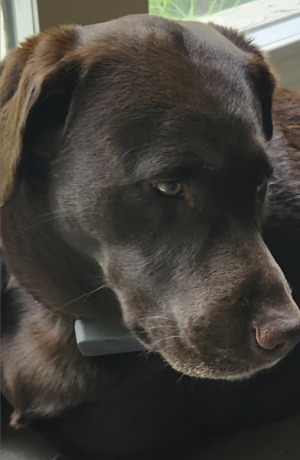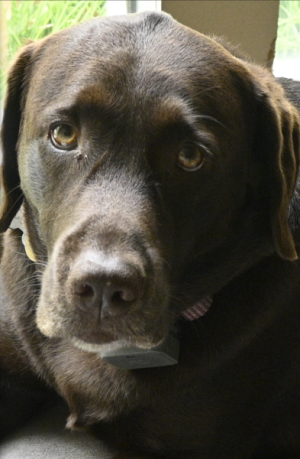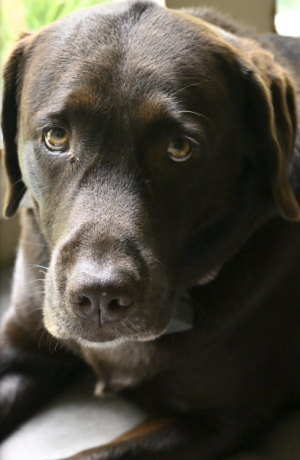I'm going to put the tl;dr up top: you probably do want an interchangeable lens camera, just treat it as a compact and don't swap lenses.
The iPhone (and the Galaxy S Series) are actually a surprisingly competent camera, and basically killed the P&S market - not just because it's good enough, but because it's actually better quality than most of the P&S cameras.
What you'll need to understand about cameras is the basics of how they work: Light comes in the lens, through an aperture that controls how much light makes it through, and strikes an image sensor (or film if you're really old school). In order to improve image quality, you need more light captured by that system, and you can do that by either increasing the aperture opening, measured by the f-number (lower is better, termed "faster") or increasing the size of the sensor (bigger is better).
And the iPhone now has a very substantial image sensor (1/1.56") and very fast lens (f/1.6). This leads you to an unfortunate situation where most affordable compact cameras offer features (usually zoom), but otherwise have lower image quality and often fewer controls than your iPhone.
So I took a minute and perused B&H (they usually have every current camera listed on their website) with the idea of finding every compact camera where the technical image quality exceeds that of an iPhone 15, and it's a surprisingly short list:
- Sony RX100
- Canon PowerShot G7 X
- Sony ZV-1 (more of a video camera though)
- Fujifilm X100VI
- Fujifilm X100V
- Ricoh GR III
- Sony Cyber-shot RX1R II
- Leica Q2
- Leica Q3
- Leica Q2 Monochrom
If you're buying some other camera, it's for some feature that isn't the image quality - zoom lenses, or maybe you just don't want to drain your phone battery or like the feel of a purpose designed camera in your hand. You do you, I don't judge, and own and use several compact cameras despite having a bunch of DSLR and mirrorless bodies (and SLR for good measure).
The trouble with picking one of the above cameras, as you'll quickly discover, is they're not cheap, and the Nikon Z30 with 16-50mm lens kit exists that undercuts the price of all of them and offers really good image quality and features - including things like direct phone linking and the Geotagging that
@OKW Lover mentions, plus the ability to charge using the same USB-C as your iPhone 15.
*Aside, I'd skip the Canon kits with the 18-45mm lens as the lens is very poor quality, unusual for Canon.
Edit: oops, wrong username tag!



